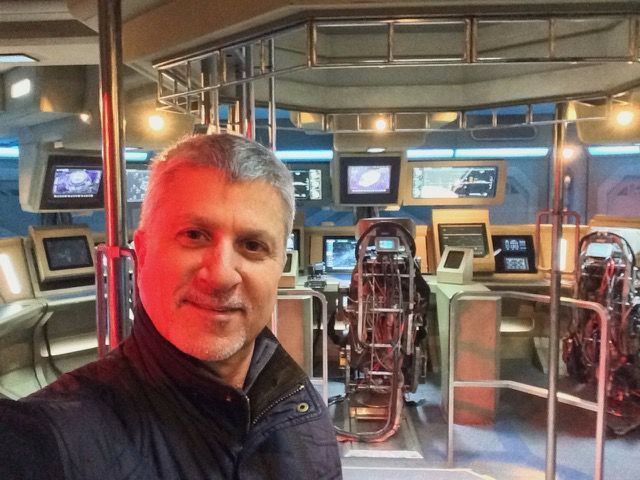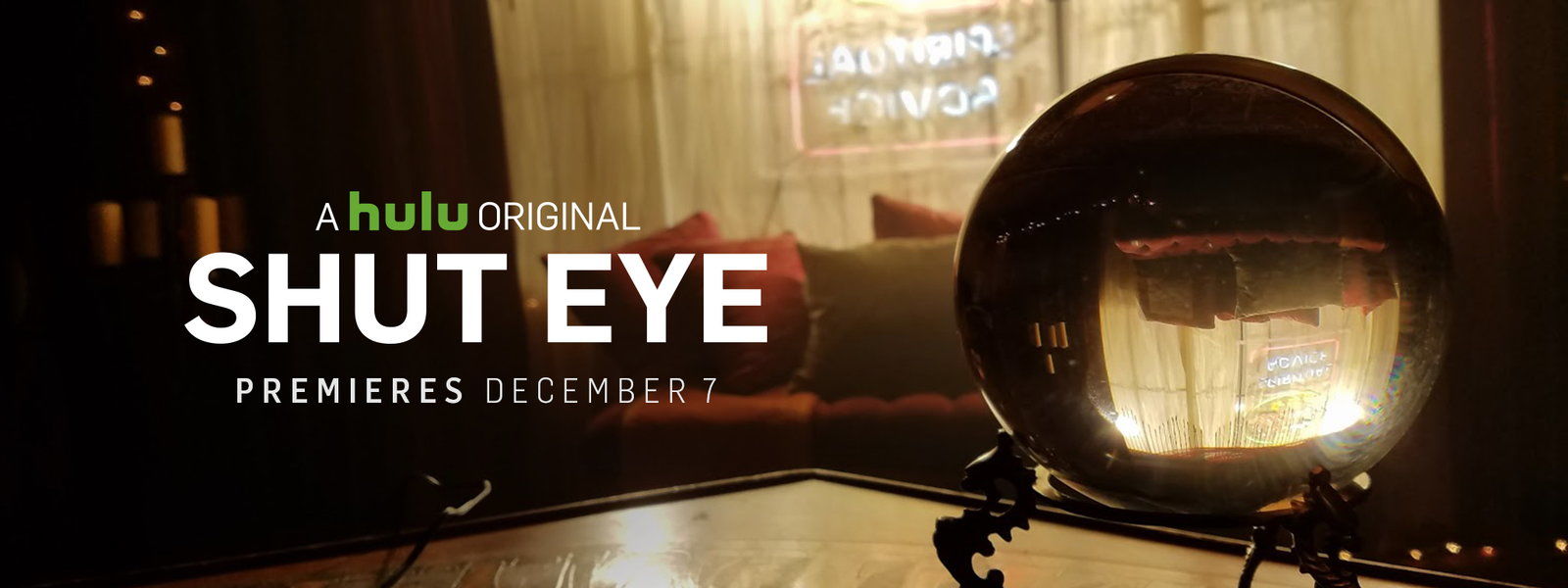In this TVMaze exclusive, Emmy Nominated production designer and award-winning art director, Seth Reed, whose work can be seen on Supergirl, The Expanse, and Cosmos, shares how he got his start in the industry and what went into creating the world of Hulu's upcoming Shut Eye, set to release December 7th.

Why did you switch from architecture to production design?
I switched for this reason: It was just so exciting and so hands-on (it still is). Here I was, working on this big big project, Tombstone. Fortunately it was non-union, so I could be doing most anything in the Art Department, and my architecture experience really helped me. We were out in the Arizona desert building sets, it was a crazy make-believe world and I felt like a kid. Also, the people - so talented and motivated. I was learning new things every day from those around me. I realized that film is a very different environment than architecture, always on to a new project, possibly historical or even sci-fi, and continuously being challenged in the design landscape. Of course, not every project is like Tombstone, but I was fortunate to get a great start on my first show and I would say that every show since has been unique in its experiences.
What are your upcoming projects? And what can we look forward to about your work on them?
Shut Eye, for Hulu, is coming out on December 7th. It's a drama, or maybe a black comedy, about a family that is in the world of psychics and fortune tellers. It is set in the San Fernando Valley, though we shot it in Vancouver. The characters are very rich and interesting: we have the crazy gypsy family that runs their business kind of like gangsters, led by Isabella Rossellini and Angus Sampson. Our hero family, Katie Strickland and Jeffrey Donovan, work for them and run their own psychic parlors, though they're always trying to run some scam on the side, which gets them in all kinds of trouble. A typical set for us was our "Dining Hall," set in a large funky old rental hall, with "wagon wheel" ceiling lights and terrible tacky colors. The scene is a wake, so we filled it with flower framed portraits of the dead person, gold and red fabrics, soft lighting and a huge table of frozen shrimp appetizers - all associated with real Gypsy events, culturally very specific. The resulting set is a blend of America and the old world, and the action that takes place perfectly suits the location. Fittingly, our sets are colorful and our version of Americanized gypsy culture is even more saturated with a dose of The Valley and of the hot California sun, of palm trees and swimming pools.

What advice do you have to aspiring production designers?
Advice to aspiring Production Designers - it takes time and experience to become a PD, don't expect to be doing this right out of school. I would advise working your way through the Art Department, gathering knowledge and skills. More than just an artist, a good production designer understands how to solve problems - managing personnel, budgeting, and a very good knowledge of construction. Take your time, don’t go too fast and learn everything you can all along the way.
Is there a particular project in the past that you are really proud of your work on?
Well, I’m very proud of Cosmos. Though not because we had a big art department, nor did we build big sets. Most of our work was abstract - design on paper. Careful planning and beautiful illustrations, many of which were directly used in the show. The wonder about Cosmos is that it features substantive, important content that audiences can learn from. Making this project greatly increased my knowledge of the world: I got to design my version of the Library of Alexandria, as well as figure out how to tell specific stories in history and science. At the end of the day, we did build big sets, only mostly they were Visual Effects, which we seamlessly tied together with our practical pieces.
What is your process like when designing your projects? Can you elaborate on your team-centric approach?
I believe in art departments having a team-centric approach, because that is the best way to motivate a talented group of individuals. I respect and listen to everyone's opinions, which helps with the creative process and ultimately making the sets and designs shine. Everyone has a special talent. I usually come up with an idea, based on the script and on meetings with producers, director and DP. I may sketch it out, and provide references, but then our team gets involved and together we make something great. We like to present our work in digital models and paintings -- as much as hand drawing is lovely, digital has been where it's at for quite some time now. Usually our presentations look very real, with colors, materials and lighting just as they are expected to be, helping the production team, especially the Director and DP, visualize what we intend the sets to look like.
----------------
Follow Seth:
Written by rand01 on Dec 3, 2016




No comments yet. Be the first!